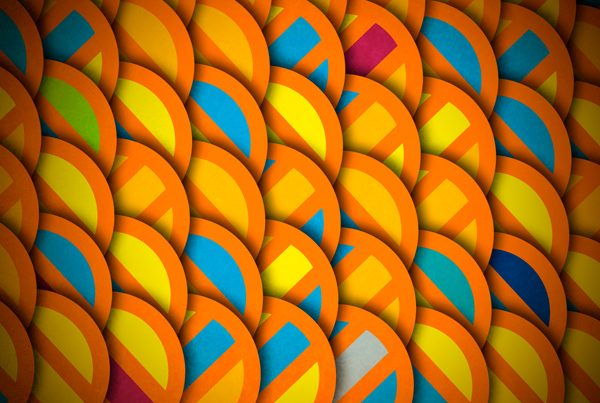There is a party game that is often used during ‘group’ job interviews; those gladiatorial mass recruitment affairs that pit applicants against one another as if TV show contestants, typically under the ruse of ‘looking for team players’. The party/interview game involves handing round an object and inviting each participant to take turns at ‘seeing beyond’ its everyday use, to conjure up unusual alternative applications. My guess is the game has become an interview tool on the premise that it can showcase not only just how outgoing they might be but also how flexible and creative they are, as participants break with convention and reinterpret a kitchen potato masher as a microphone, a T.V. aerial, or futuristic weapon, before handing it to the next person in line. The challenge for those involved is, in part, linked to how mundane the chosen object is. The more ordinary and commonplace, the more we feel its use and its associations are fixed, its purpose commonly recognised and understood, allowing little scope for deviation. Yet when placed on the spot, candidates still manage to find novelty and variation.
What this exercise playfully shows us, is that our understanding of objects is not nearly as rigid as we may initially believe. Even when we set out to examine the said item in its own right, regardless of its potential for other uses. Even the humble potato masher ‘as is’ can have a plethora of other meanings. We could examine its materials, construction or other design features, all of which (depending on how deeply we wish to engage with it) can open broad and revealing connotations. These meanings can continue through to the history we have with the item; how or where we came by it or other versions of a similar nature we have encountered in the past. We might also assemble meanings based on things we relate to the object through causation. For example the significance we give to mashed potato, perhaps a buttery comfort food of our childhood or not for those who recall cold grey school mash. We might not even see it as a potato masher, instead connecting it to another foodstuff due to our own cultural or regional origins.






